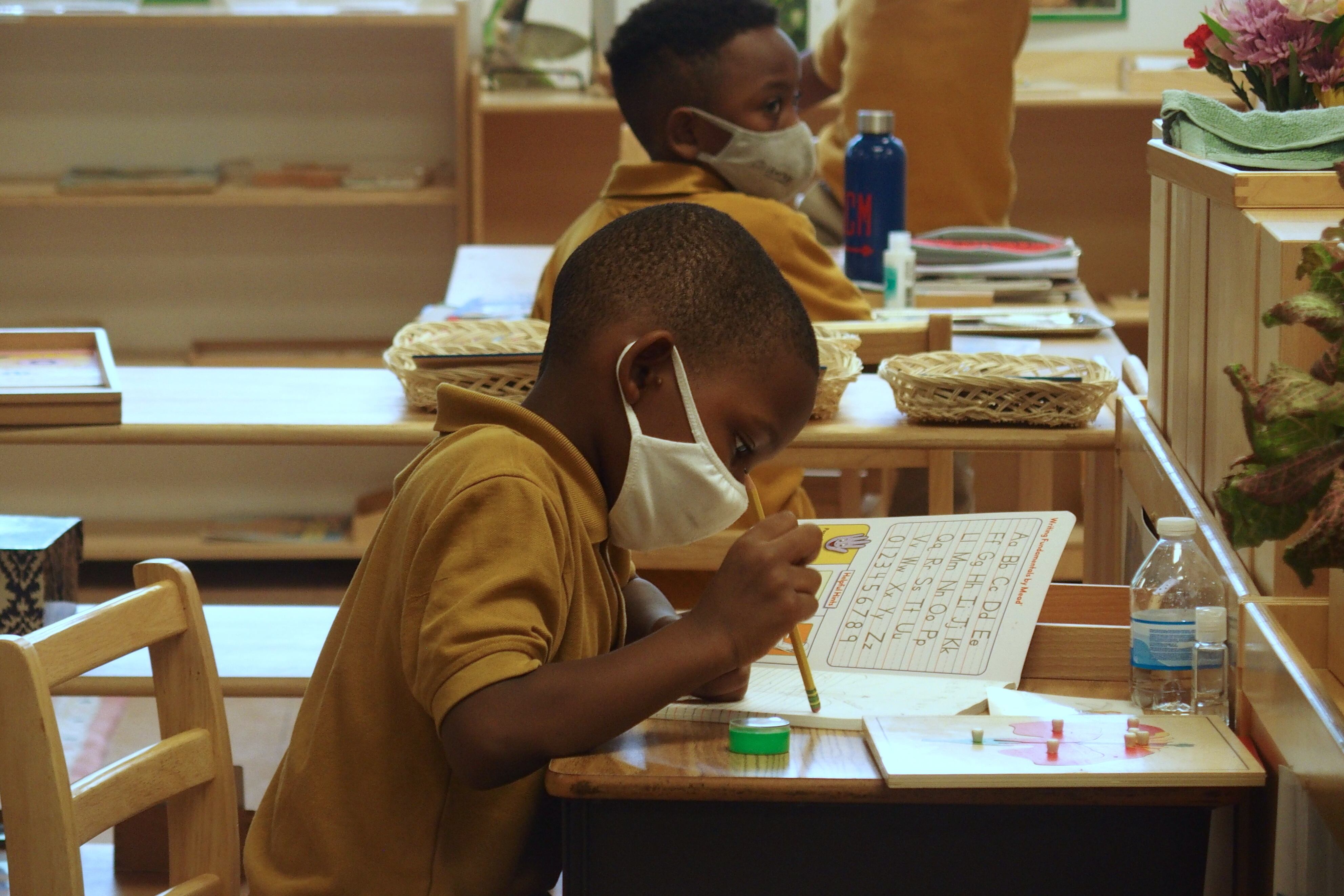This year left an indelible mark on education, with the pandemic forcing fast changes and ushering in a new era of e-learning.
But as we say goodbye to 2020 and look ahead to a fresh year, expect many of the same pandemic effects and uncertainties to roll into 2021.
Will Indiana schools be able to keep classrooms open through the winter? How will the vaccine affect what’s happening in schools? What will happen to the thousands of students who didn’t enroll in schools this year?
Here are eight Indiana education stories to watch in 2021.
Will the vaccine cure schools’ staffing challenges?
Indiana lists teachers among the second wave to receive the COVID-19 vaccine. Nationally, health officials say the second wave of vaccinations could start in February.
State officials hope that inoculating teachers will help keep schools open, by avoiding a shift to remote learning when too many teachers have to quarantine. But that could depend on how many teachers opt to get the vaccine.
Plus, the vaccine is still being tested in children. While students and the general public wait for vaccine availability, community spread could remain high, threatening schools’ ability to stay open.
It’s not clear whether schools or the state will mandate or incentivize vaccinations among teachers or students, or how schools could change their coronavirus policies for those who receive the vaccine.
What will happen with standardized tests?
Indiana is still marching toward standardized tests as scheduled, with special instructions for schools on how to give the test to remote learners. Still, some hold out hope that a new presidential administration could relieve states from their duty to test students — or that state lawmakers will decide once again to nullify the consequences of low passing rates.
How much extra money will schools get for teacher pay and coronavirus costs?
Gloomy forecasts for school funding have cleared up, with a chance for slightly sunnier skies. State leaders seem hopeful about giving schools a small boost in the upcoming budget — but how much will it cover?
From the federal government, a second coronavirus relief deal will send $54 billion to K-12 public schools, about four times what they received from the first stimulus package in March.
Will Indiana tamp down the virus enough to keep schools open this winter?
Indiana has been “on fire” with COVID-19 cases, in the words of Gov. Eric Holcomb earlier this month, and stands out nationally as one of the states with the highest rates of new cases. In some parts of Indiana, the recent rise in cases has led to canceling in-person classes until the numbers settle down — including in Indianapolis, where health officials shuttered school buildings until at least Jan. 4.
Some districts are already pressing pause on returning after winter break, building in a week of remote learning to allow families to quarantine after traveling or visiting family over the holidays.
How will online lessons stack up against in-person learning?
At the end of the year, Indiana hopes to have an attendance tally of how many days each student learned remotely and how many they spent in person. How that data could be used remains to be seen but could offer valuable insights into how students or districts that spent more time online fared compared with those with more in-person instruction.
Will thousands of students return to schools in 2021?
In line with a nationwide enrollment dip, Indiana saw the number of students in public schools drop by about 15,000 students this year, a 1.5% decline — mostly driven by families keeping preschoolers and kindergartners at home. With funding tied to enrollment, and with thousands of children missing out on critical early education years, whether or not enrollment will rebound next year could have a profound effect on schools.
How will schools continue to address learning loss?
Schools are already forging ahead, addressing gaps caused by COVID-19 disruptions while teaching new material. Educators could continue to get a clearer picture of learning loss as the year progresses, particularly among vulnerable students, where experts predict the disparities may be largest. Lawmakers could search for ways to help students catch up, such as putting more money toward academic interventions.
What will new A-F grades show?
State policymakers are reexamining Indiana’s A-F school grading system, revisiting the discussion over how to best measure schools and student progress. They’re expected to present new recommendations next month on how the controversial system could change.





